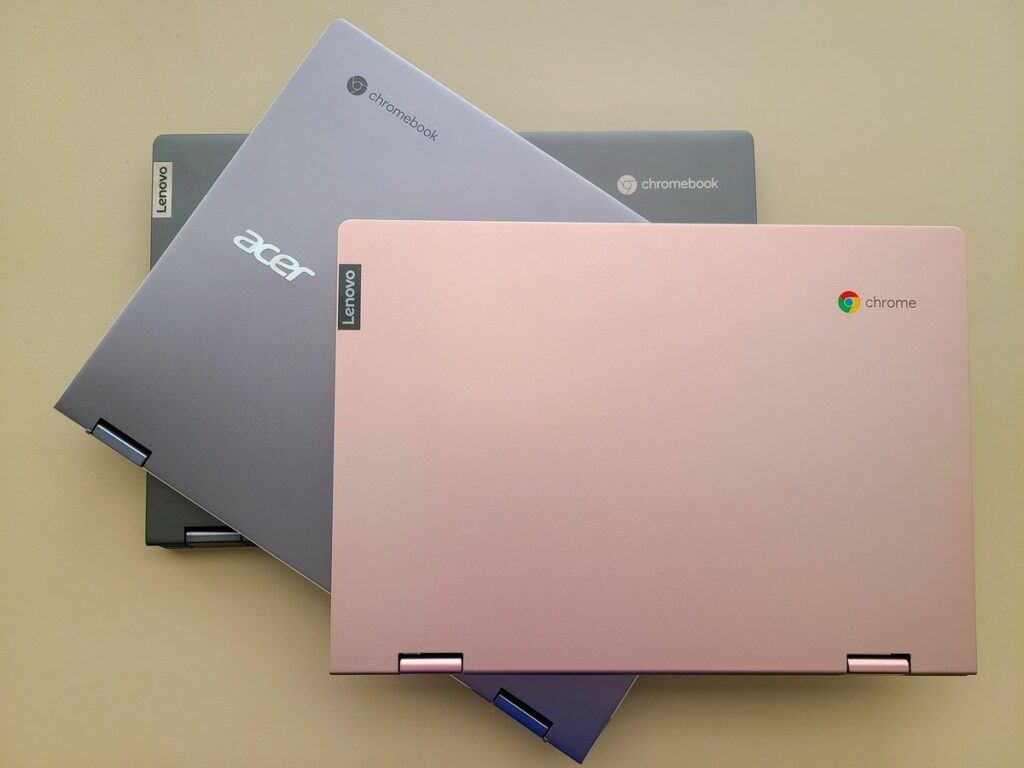A Comprehensive Guide to Seamless Migration: Transitioning to a Chromebook Ecosystem

Introduction:
The decision to migrate to a Chromebook represents a strategic shift in the way users interact with technology. Renowned for their simplicity, security, and cloud-centric approach, Chromebooks have become increasingly popular in diverse settings, from education to business and personal use. This extensive article serves as a comprehensive guide, addressing the considerations, strategies, and step-by-step processes involved in migrating to a Chromebook ecosystem.
I. Evaluating the Decision to Migrate:
A. Understanding Chromebook Advantages:
- Cloud-Centric Approach and Collaborative Tools
- Speed, Security, and Low Maintenance
- Cost-Efficiency and Versatility
B. Compatibility and Use Cases:
- Assessing Software and App Compatibility
- Identifying Primary Use Cases and Workflows
- Exploring Offline Capabilities
C. Addressing Potential Limitations:
- Offline Access Challenges
- Specialized Software and Applications
- Peripheral Compatibility and External Devices
II. Preparing for Migration:
A. Data Backup and Transfer:
- Backing Up Files and Documents
- Cloud Storage Solutions for Seamless Transfer
- Data Migration Strategies for Different Platforms
B. Account Setup and Configuration:
- Creating or Using a Google Account
- Syncing Chromebook with Google Services
- Customizing Account Settings and Preferences
C. Identifying Essential Apps and Extensions:
- Exploring Chrome Web Store for Apps and Extensions
- Identifying Chromebook-Compatible Software
- Transitioning from Desktop Apps to Web-Based Alternatives
III. Chromebook Setup and Initialization:
A. Initial Boot and Onboarding Process:
- Powering Up the Chromebook for the First Time
- Navigating the Initial Setup Wizard
- Connecting to Wi-Fi and Configuring Basic Settings
B. Google Workspace Integration:
- Utilizing Google Workspace for Productivity
- Configuring Gmail, Google Drive, and Calendar
- Collaborative Document Editing and Real-Time Collaboration
C. Personalization and Accessibility:
- Customizing Desktop Wallpaper and Themes
- Configuring Accessibility Options
- Personalizing Keyboard Shortcuts and Gestures
IV. Transitioning Productivity Workflows:
A. Google Docs, Sheets, and Slides:
- Migrating from Microsoft Office to Google Workspace
- Collaborative Editing and Real-Time Comments
- Offline Access to Google Workspace Applications
B. Chrome Browser Features:
- Utilizing Chrome Browser Extensions
- Managing Bookmarks and Browsing History
- Exploring Chrome Flags for Advanced Users
C. Cloud Printing and Peripheral Integration:
- Setting Up Printers for Chromebook
- Managing Peripheral Devices and External Storage
- Troubleshooting Common Printing and Peripheral Issues
V. Troubleshooting and Optimizing:
A. Common Challenges and Solutions:
- Addressing Connectivity Issues
- Troubleshooting App Compatibility Problems
- Optimizing System Performance and Storage
B. Chromebook Security Measures:
- Understanding Chromebook Security Features
- Enabling Two-Factor Authentication
- Configuring Device Policies for Enhanced Security
C. Staying Updated with Chrome OS:
- Automatic Updates and System Maintenance
- Checking for Chrome OS Updates Manually
- Participating in Beta Channels for Early Access
VI. Advanced Features and Developer Options:
A. Developer Mode and Linux Integration:
- Enabling Developer Mode on Chromebook
- Installing and Running Linux Applications
- Exploring Developer Tools and Advanced Settings
B. Chromebook as a Development Environment:
- Setting Up Coding Environments on Chromebook
- Utilizing Online IDEs and Development Platforms
- Integrating Chromebook with Version Control Systems
C. Chrome Enterprise Features:
- Exploring Enterprise Solutions for Businesses
- Device Management and Deployment Strategies
- Leveraging Chrome Enterprise for Enhanced Security
Conclusion:
As we conclude this exhaustive guide to migrating to a Chromebook ecosystem, it’s evident that the transition involves more than just a change in hardware. It represents a shift in mindset towards embracing a cloud-centric, collaborative, and secure computing environment. From evaluating the decision to migrate and preparing for the transition to optimizing productivity workflows and exploring advanced features, each step contributes to a seamless and efficient migration experience.
Chromebooks, with their user-friendly interface and integration with Google services, offer a versatile platform for various use cases. Whether you’re a student, professional, or business entity, the migration to a Chromebook ecosystem signifies an embrace of the future of computing. As technology continues to evolve, Chromebooks stand as adaptable companions, ready to empower users with simplicity, security, and a seamless computing experience in the ever-evolving landscape of digital transformation.




